Artadi
“The Rebel of Laguardia”
Laguardia, Rioja Alavesa
 The entrance to the Artadi facility just outside Laguardia.
The entrance to the Artadi facility just outside Laguardia.
On a beautiful October morning, we made our way to Laguardia to check out one of the first Rioja producers I started to collect and taste, Bodega Artadi. The name Artadi is basque from the Holm oak tree that is common in the area.
This was the first day the sun shone in complete splendor drenching the valleys between the northern and southern mountain ranges, allowing to see for the first time up and down the valley the true grandeur of the Cantabrian mountains foot to peak, and east to west.

The view south in Artadi’s famed El Pison vineyard
Artadi was founded in 1985 originally as a co-op, buying grapes from growers in the surrounding village of Laguardia. Today Artadi is run by one of the original founders, the controversial and highly respected Juan Carlos Lopez de Lacalle. In the early 1990s, he purchased a majority ownership of the co-op and moved it away from the co-op model to a producer specific winery that we know today as Artadi. In a recent and controversial move, Juan Carlos pulled Artadi out of the Rioja DOC because its rules in his view are too antiquated and rigid. He feels, like Telmo Rodriguez and many other like-minded producers, the current system is not reflective of his personal beliefs in where he wants to take Artadi in regards to single site wines and terroir. It’s a complicated issue, but the basic fact is that single vineyard designation is not something that Rioja’s wine governing body (Consejo) allows producers to put on the labels of the wine AND also use the words Rioja or any of the standard classifications: Gran Reserva, Reserva, Crianza, and Joven. The Consejo require most producers to stick to the standard 4 classifications, more on that here from me. So in order to do this, and this is a brief description of the issue as there is more to it, he has flipped the bird to the regulatory body of Rioja and will not use the any of the Rioja terms on its labels.
Organic and biodynamic principles are followed in the vineyards to farm all vineyard sites naturally. Fermentations take place in French oak open top tanks for the single site premium wines and the Joven carbonic wine. Steel fermentation tanks handle the wines made from the younger vines. All wines spend time in French oak after fermentation. The premium single vineyard wines and Pagos Viejos are aged in new French oak 225L barrels for 12-14 months. The regional and village wines age for 12-14 months in used 2 and 3 year French oak 225L barrels.
We arrived on time for what was a typical tour of the facility that was near the end of the fermentation process with most of the wines already in barrel from the excellent growing season that was 2015. Only 2 fermentation tanks had wine in them, while a few others were being cleaned with pumice flying and hoses firing hot water.

Valdegines 2015 in its fermentation tank
We headed out to the crown jewel of the family, the El Pison vineyard which was a short drive from the production facility. A high majority of the plantings are Tempranillo with the rest a mix of white and other red varietals. The soils are a mix of sand and clays on top of the mother rock of calcareous limestone, the core of the terroir in most of this region in Spain. A mix of round and jagged chunky rocks mix in with the topsoil. On the site is an old grain mill where a stream once provided water to power the wheels to process the cereals that once grew in the region. A gorgeous day in a beautiful vineyard, we snapped a few great photos and moved on to Laguardia for the next and last part of the tour.
Laguardia is where the family home is and where the wines age in deep below ground in caves that have existed for centuries under the village where they were used to make and age wine, as well as hide and seek shelter when the city may have been attacked in times of war in the middle ages. Once the wines complete malolactic fermentation in barrel, they are brought here to finish the aging process.
Set up like a medieval vertical fortress, the tasting was on the second floor above the street where a beautiful kitchen, dinner tables, and a plethora of beautiful original works of art adorned walls and pedestals.

The single vineyard Cru “El Pison”
El Pison
For the longest time El Pison has sat rather lonely at the apex of the Rioja wines that Artadi makes. More premium single site wines are being made, so it is no longer the only premium single vineyard wine. However, today it is still the most important wine made by Artadi and is considered one of the iconic wines of Spain. Made from 70-year-old 100% old vine bush Tempranillo, El Pison is fermented entirely in the large French oak tanks and then spends 12-14 months in new French oak.
Pagos Viejos
Pagos Viejos is one of the few wines that will remain from the old set of wines that is a blend of different old vine sites. Whichever barrels do not make it into the single vineyard premium wines, are instead used to make Pagos Viejos. Larger in production than the El Pison, and priced around $75-100, it is also a very important wine and maybe the one that most people are familiar with as it is the most widely available Rioja wine in the market by Artadi in the US and scores well with the critics consistently. Aged entirely in new French oak, the wine is also 100% Tempranillo from a mix of the old vines.
Single Village Wines
These are the entry-level wines made from 80 hectares of Tempranillo vines spread across these 3 villages. Aged in seasoned 2 and 3-year-old 225L barrels, the oak influence is less impactful on these wines. This allows for the fruit to obtain more focus more immediately and the wines are more accessible at an earlier age for enjoyment and are on the lower side of the price spectrum. The village wines are as follows:
- Vinas de Laguardia
- Vinas de Elvillar
- Vinas de Leza
Single Vineyard Wines
With El Pison as the granddaddy of this group, the 3 other single vineyard wines represent the best barrels of the old vine plots that show the individual and specific terroir characteristics. Each one is aged in new French oak for 12-14 months.
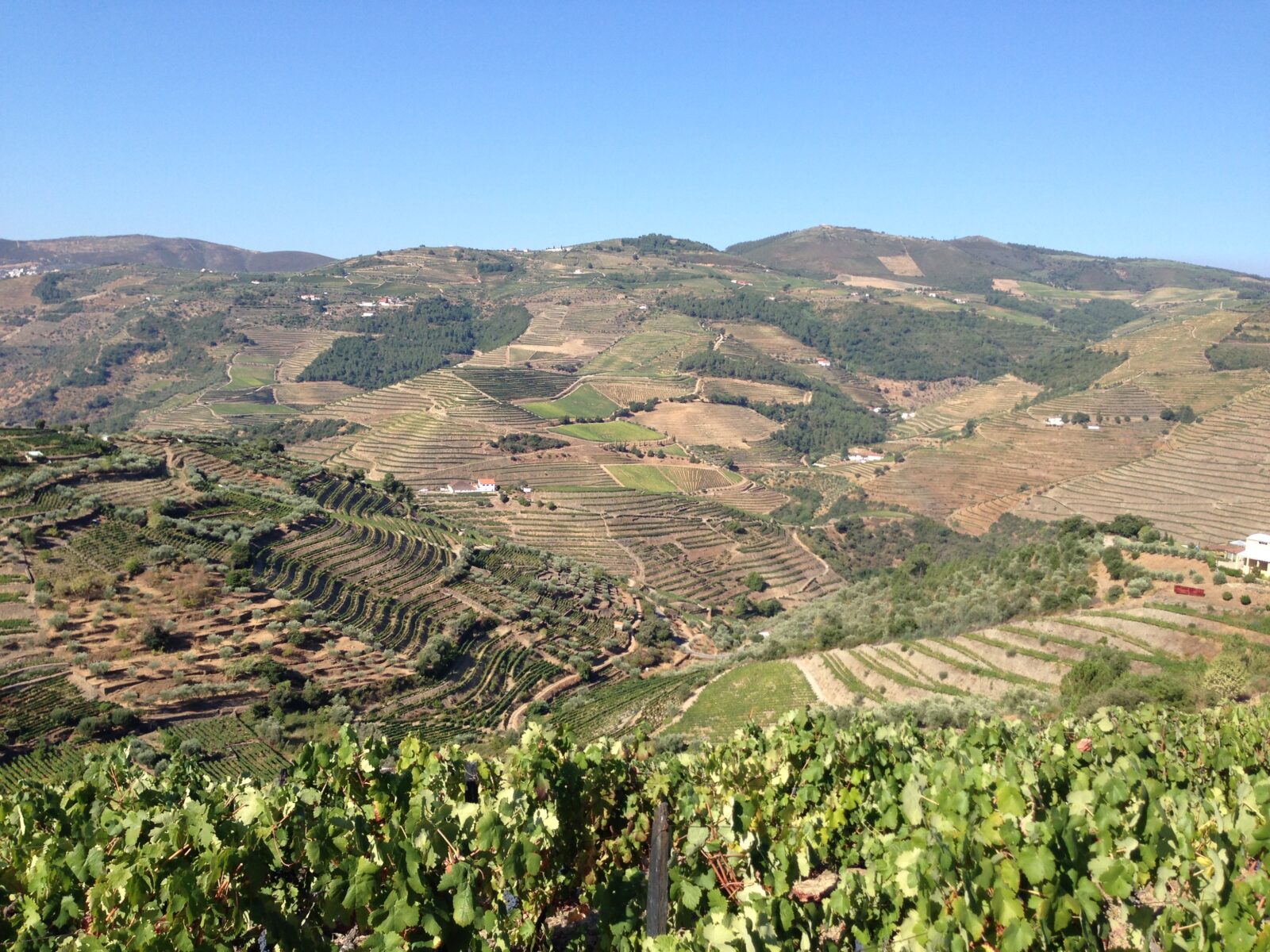
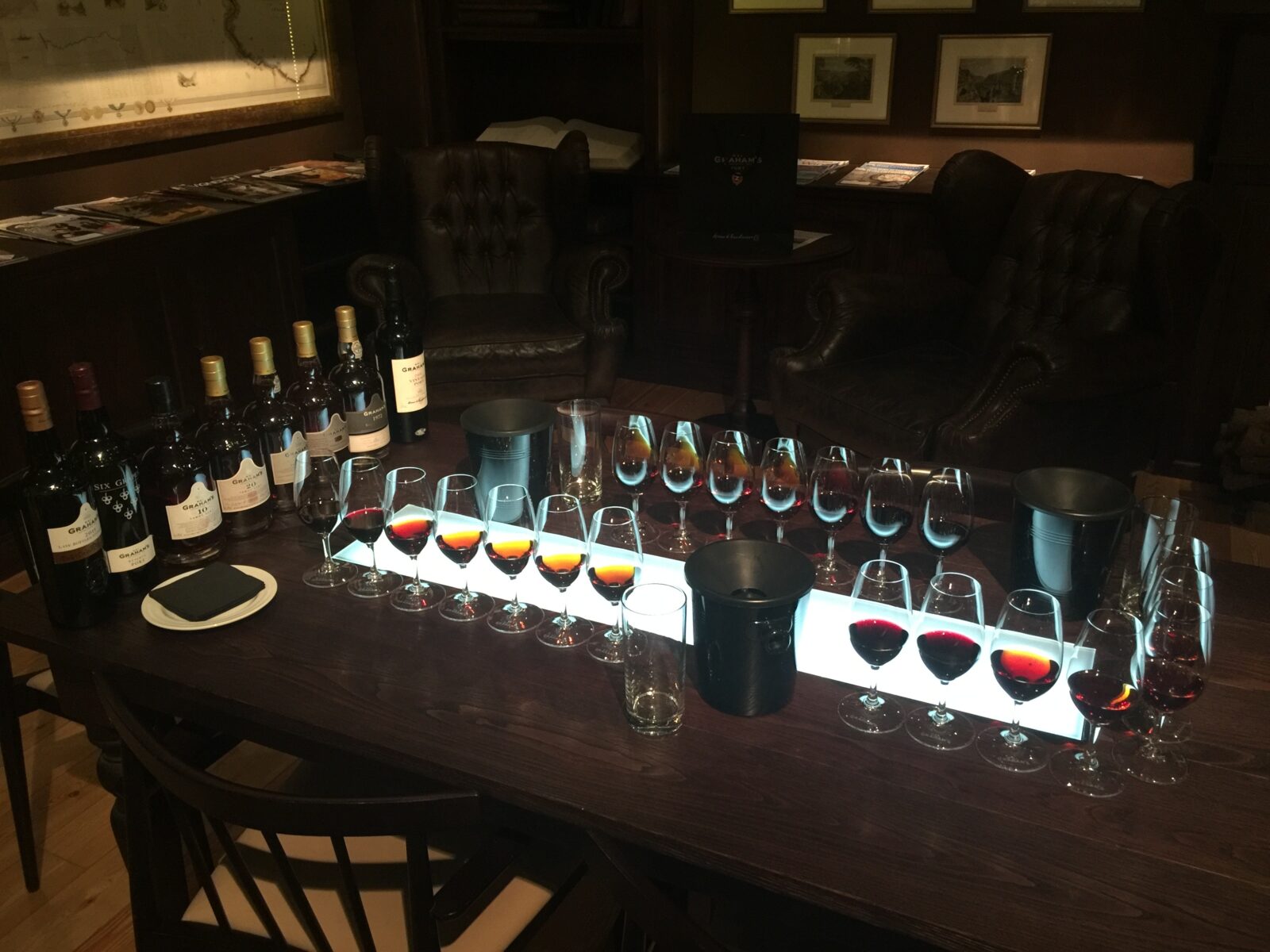
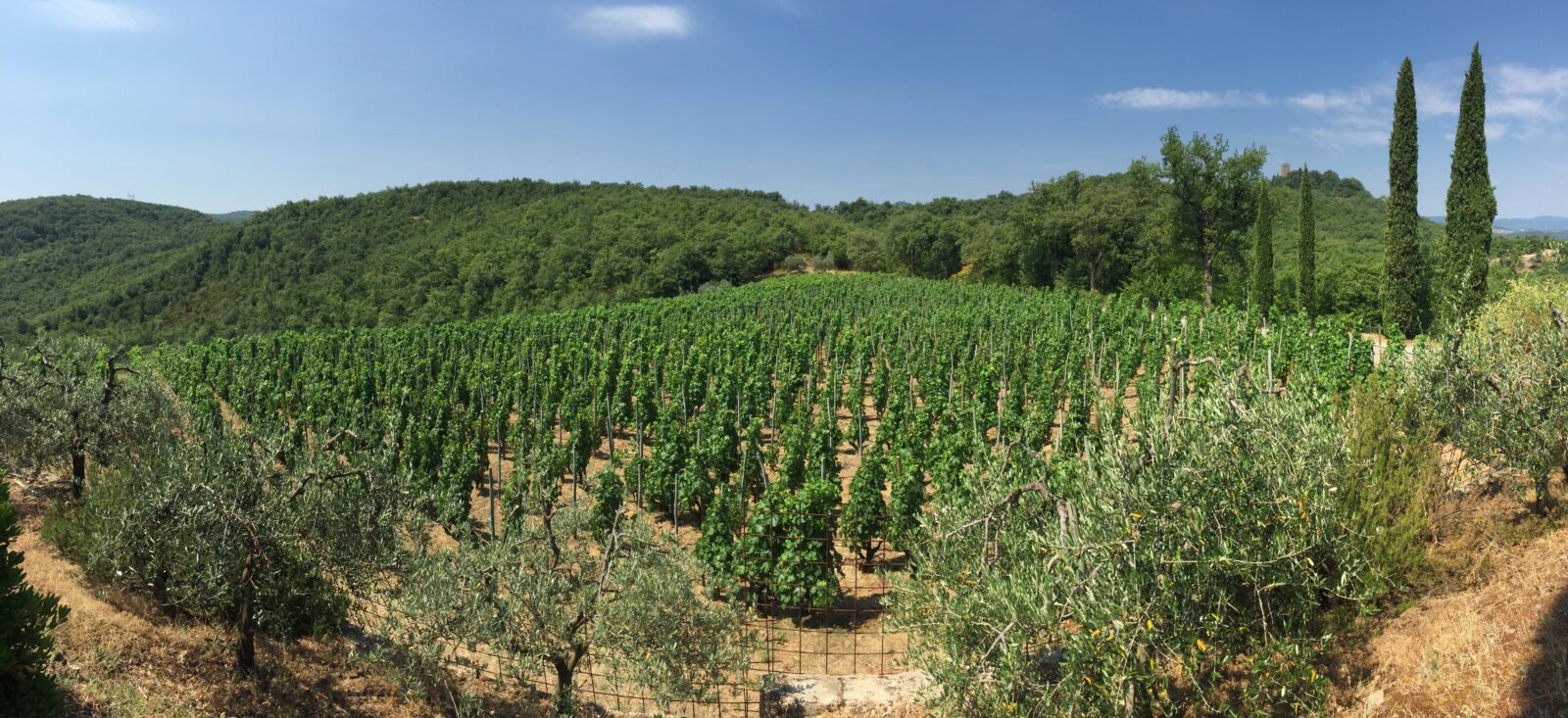
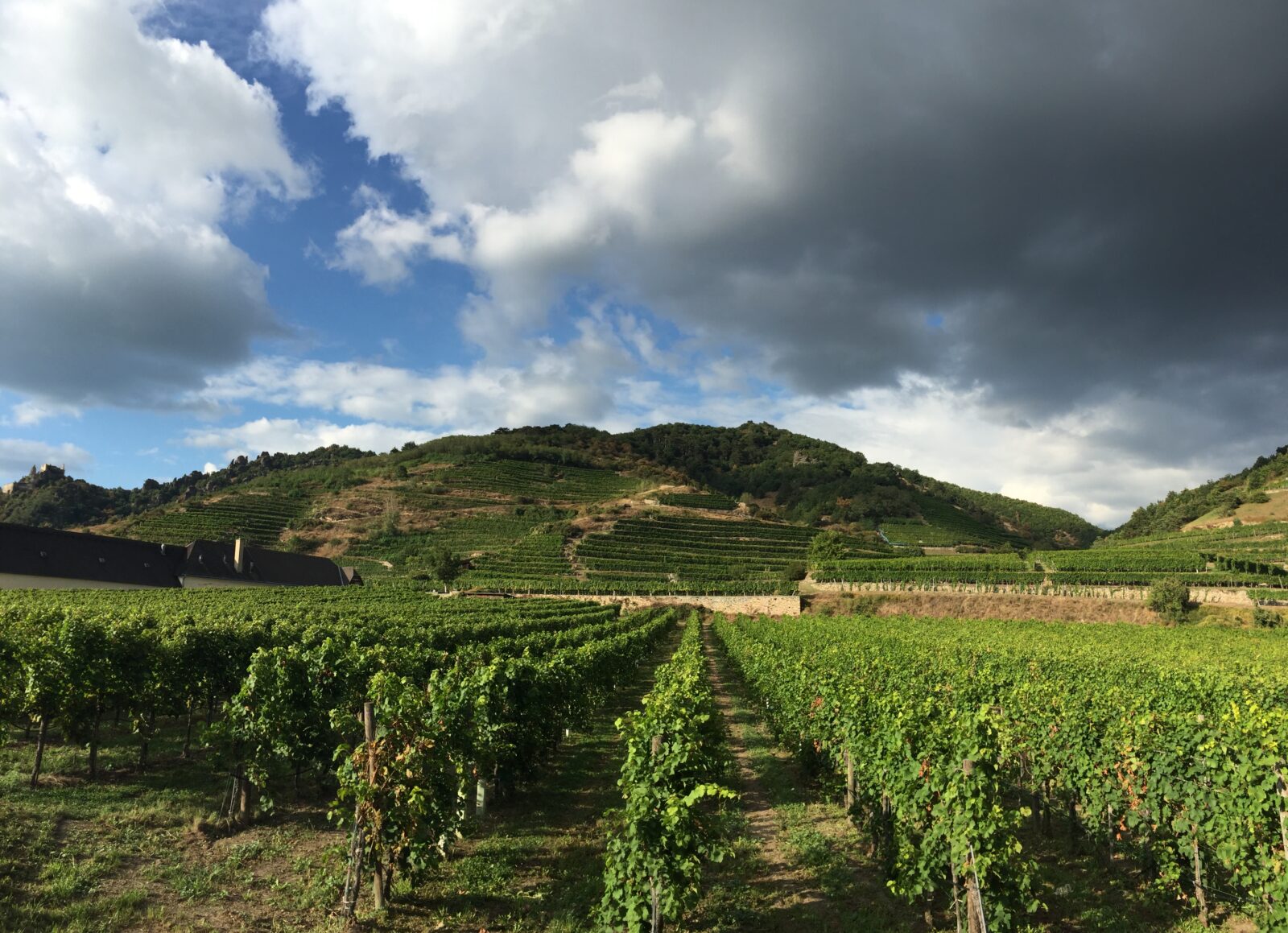
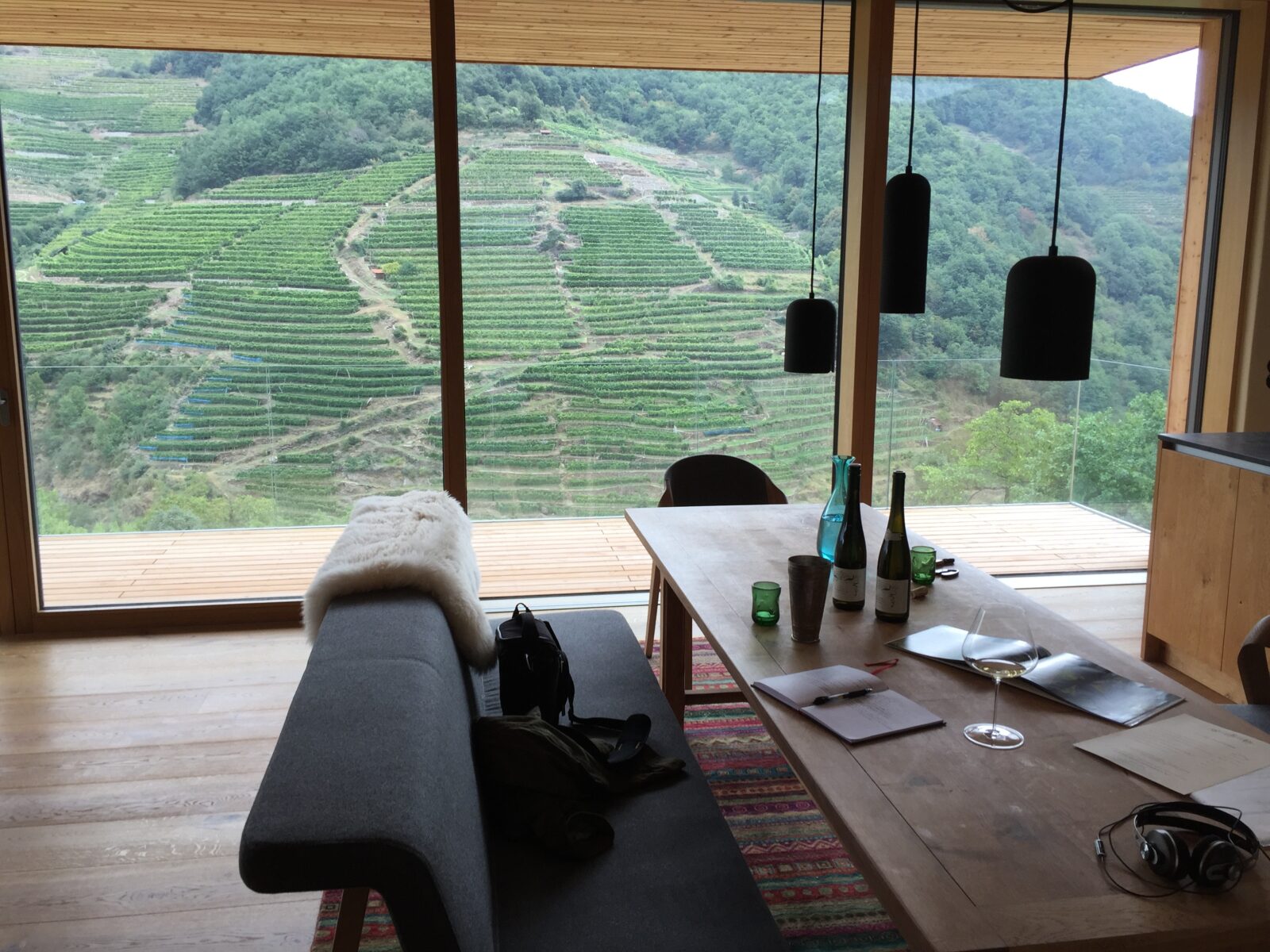
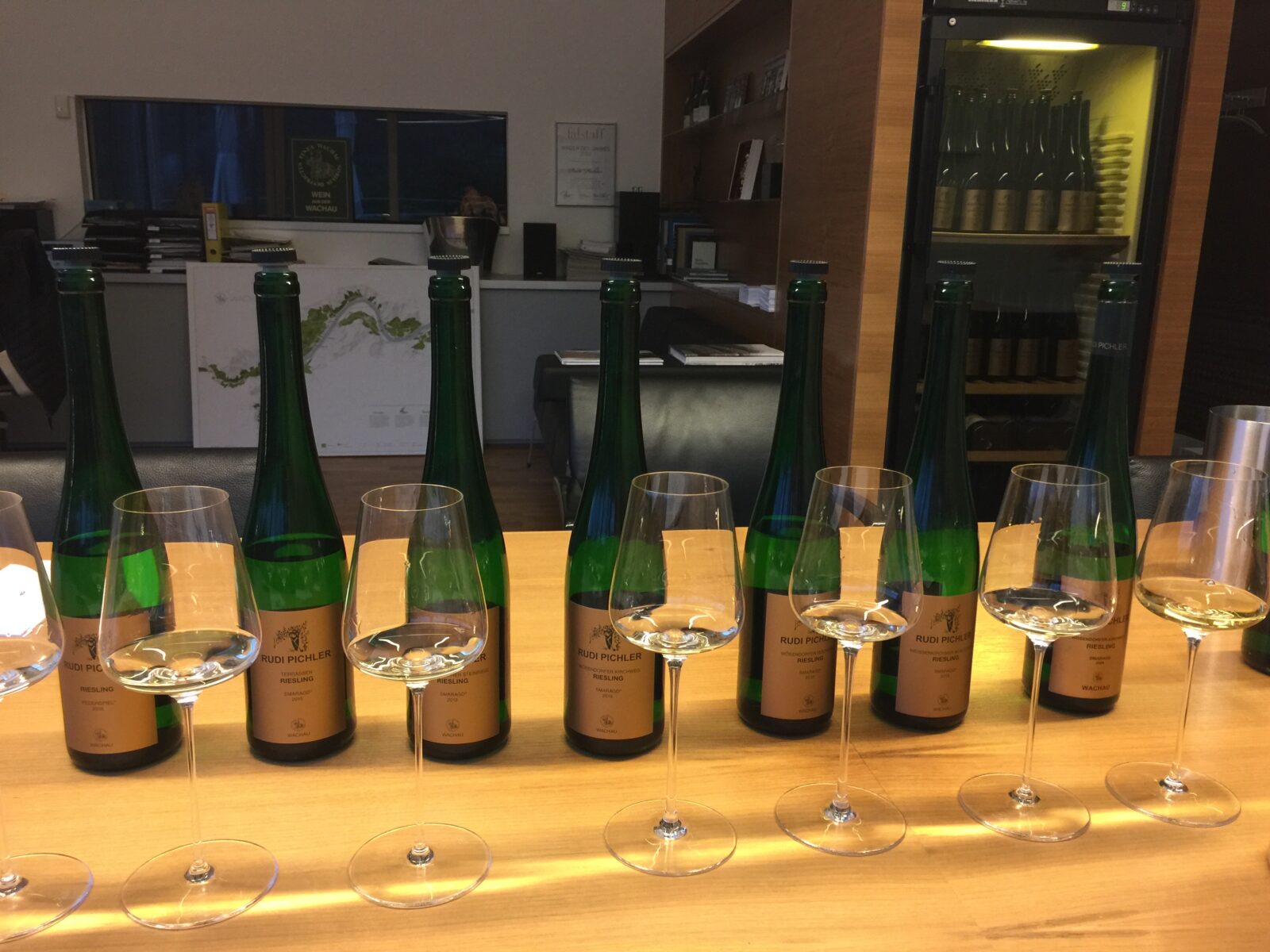
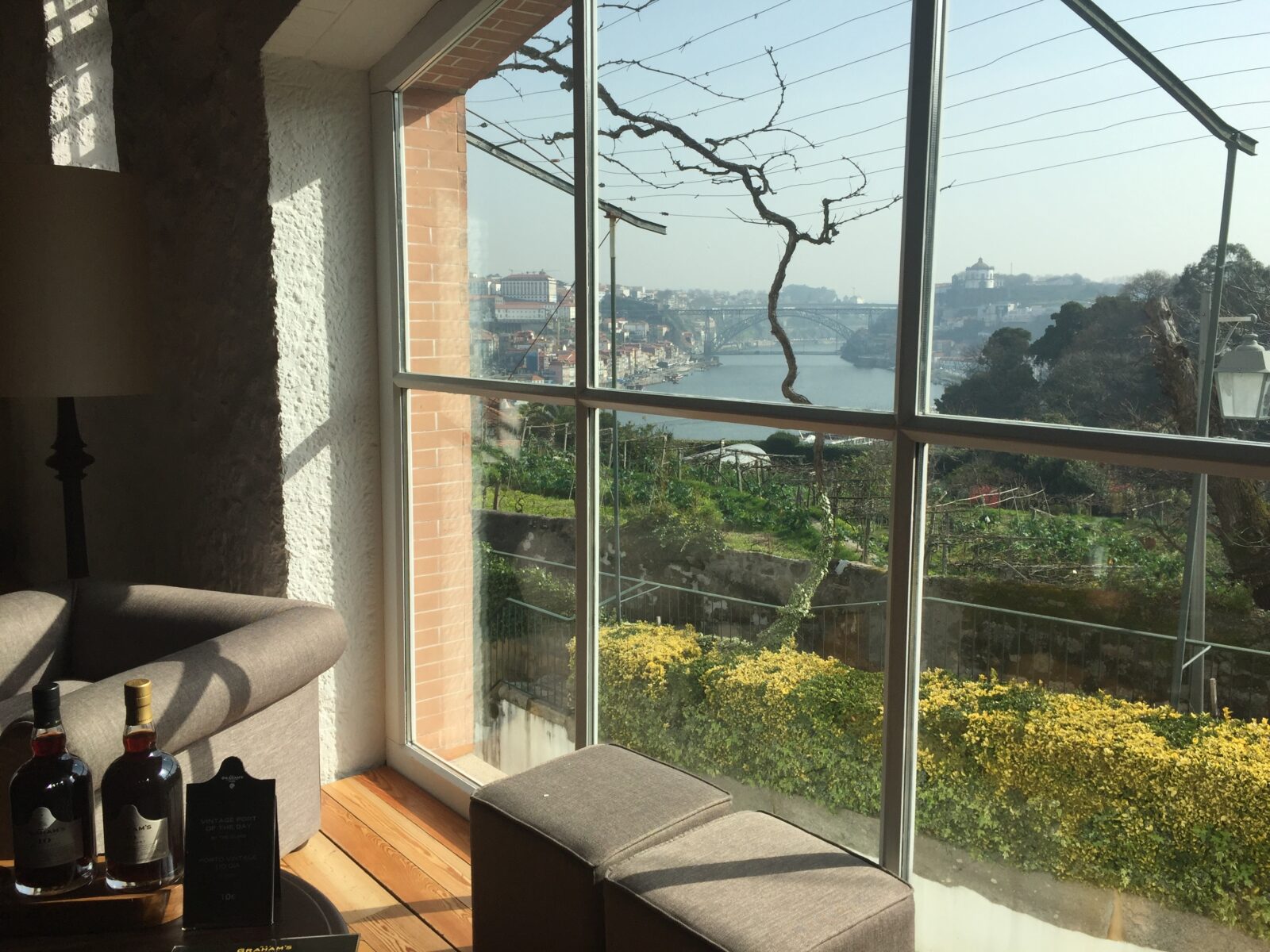
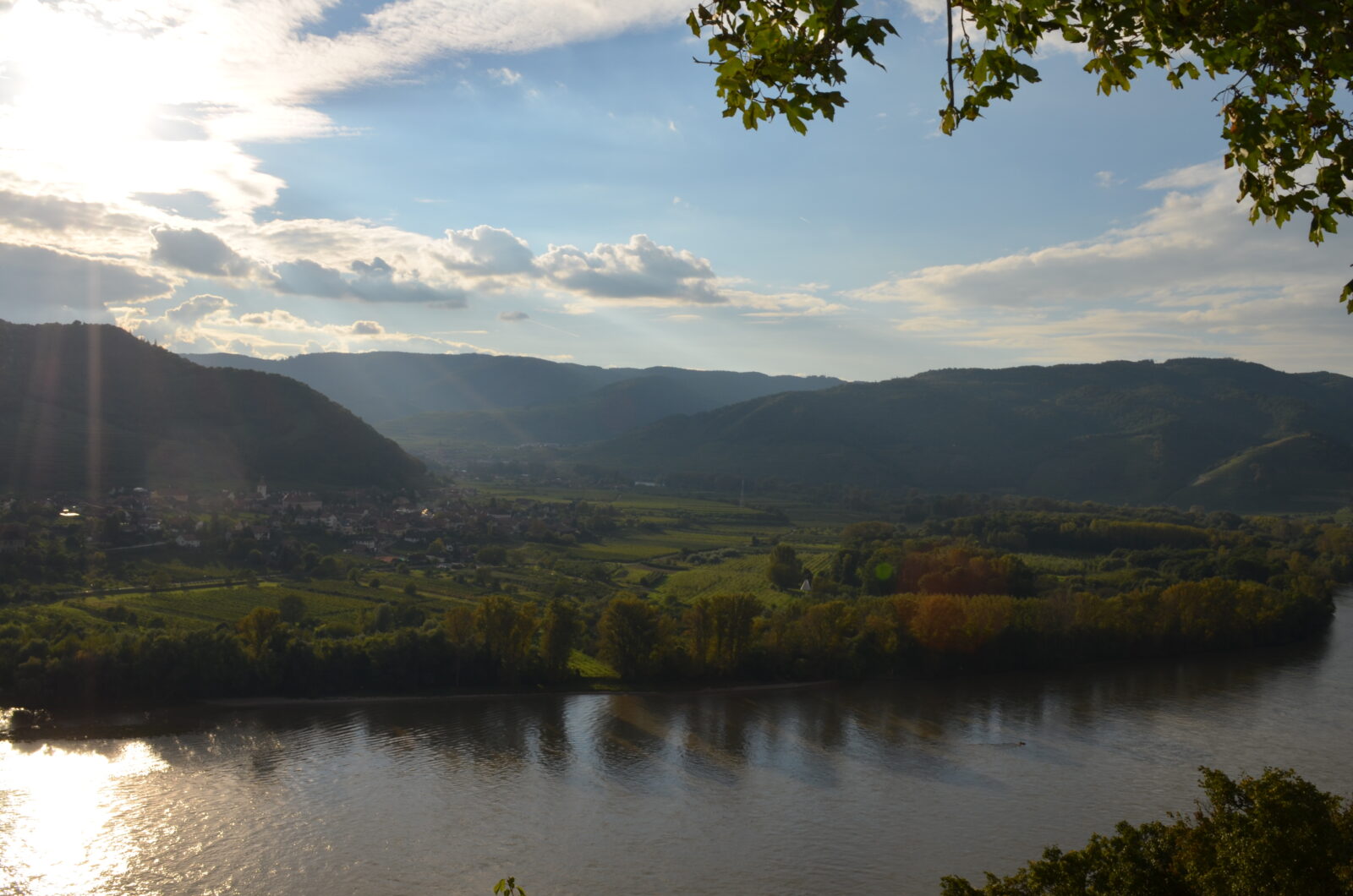
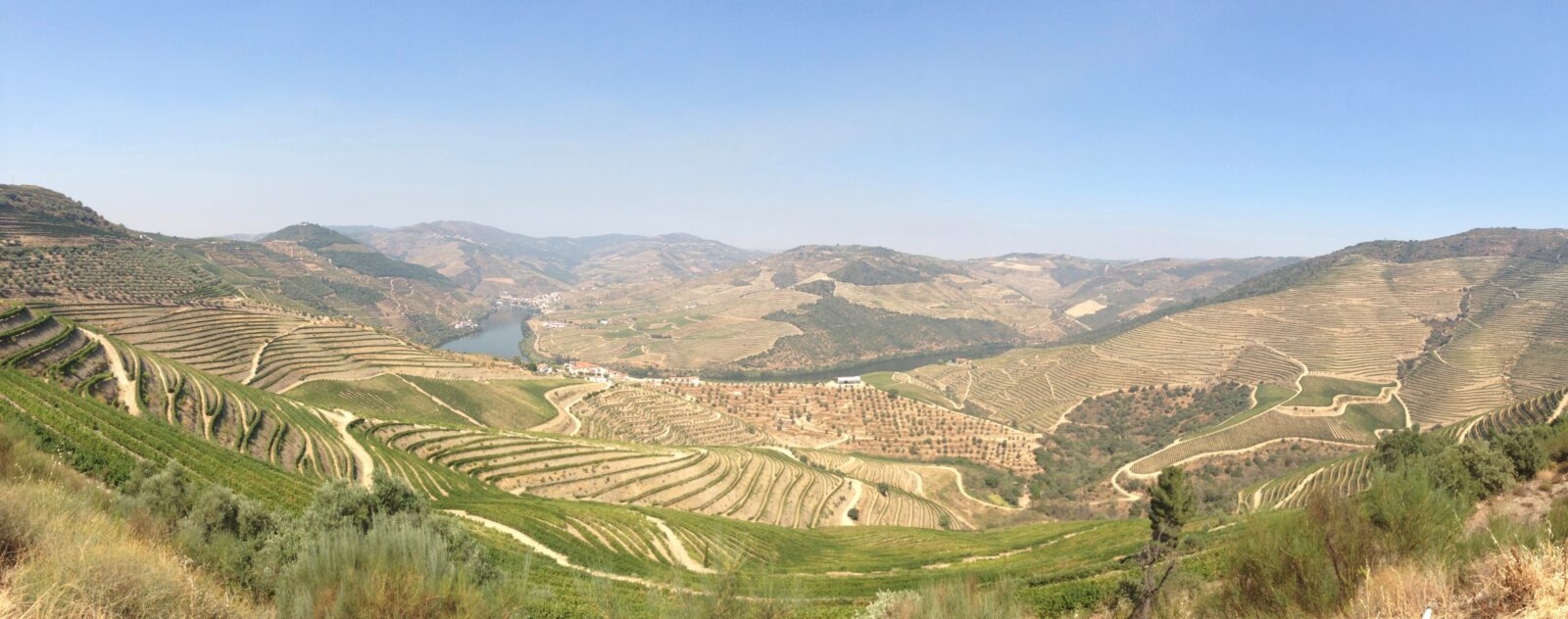

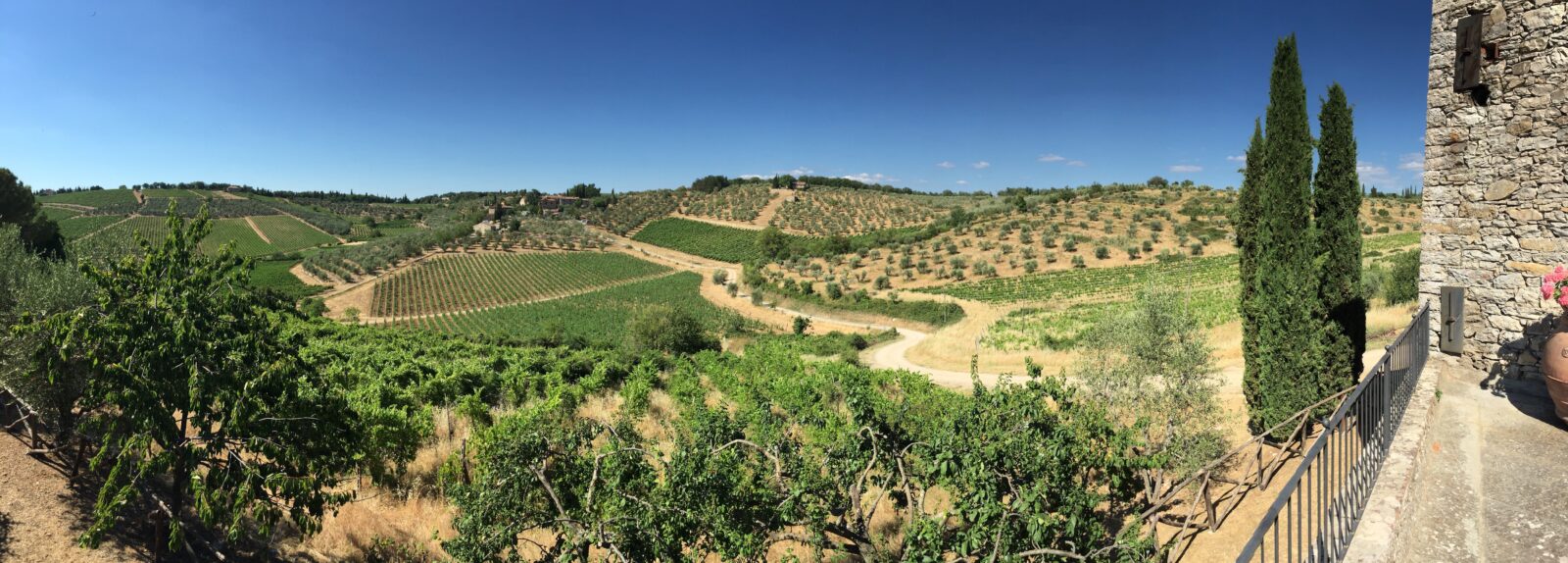
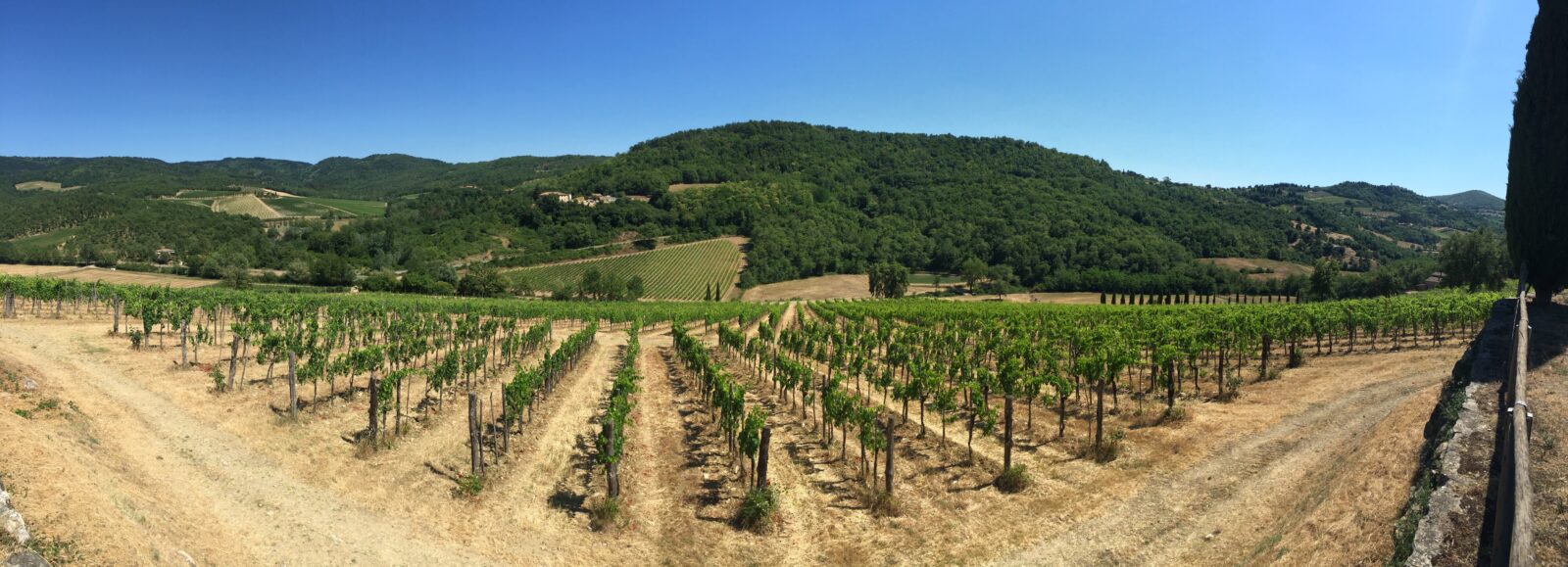
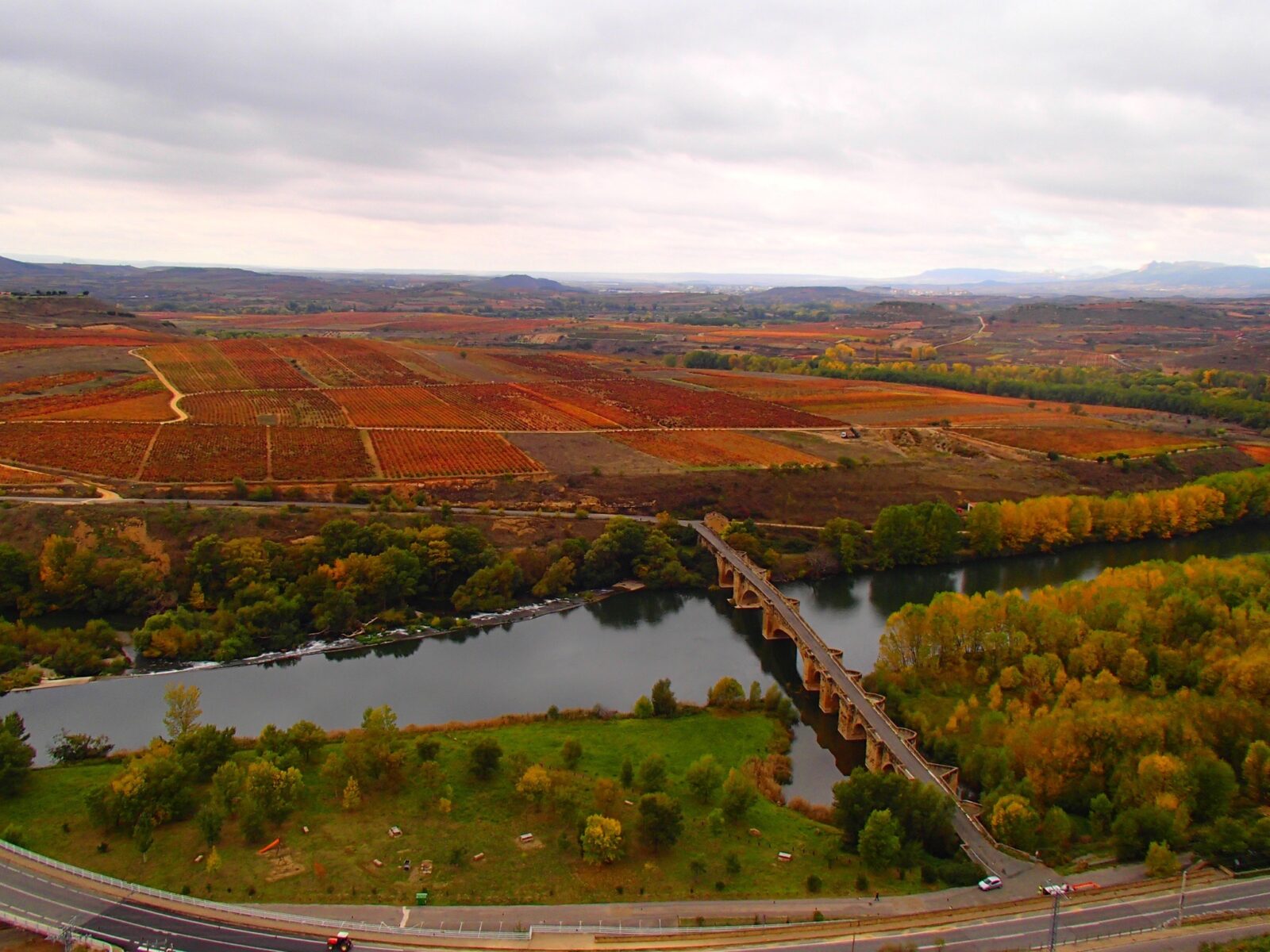
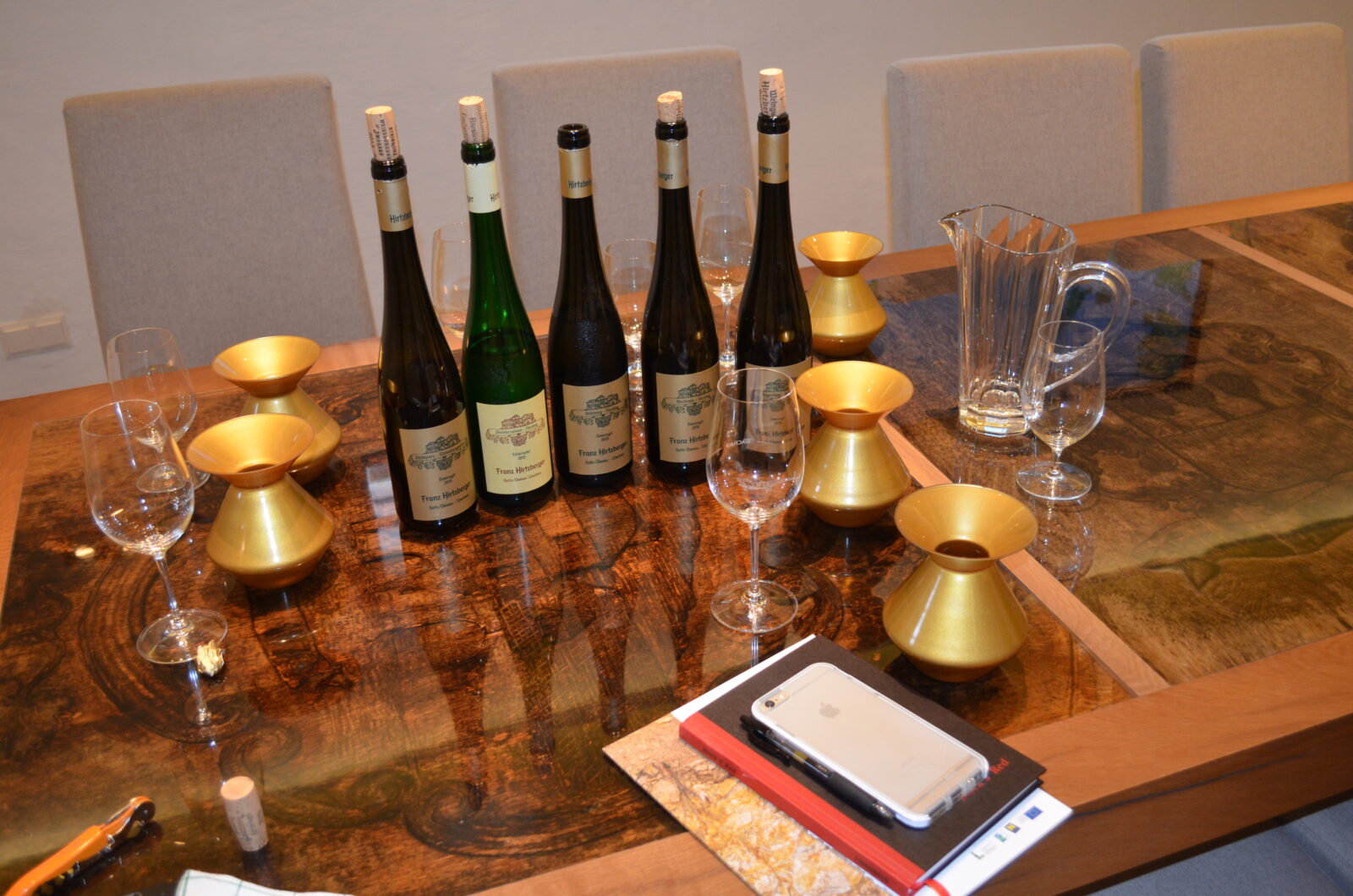
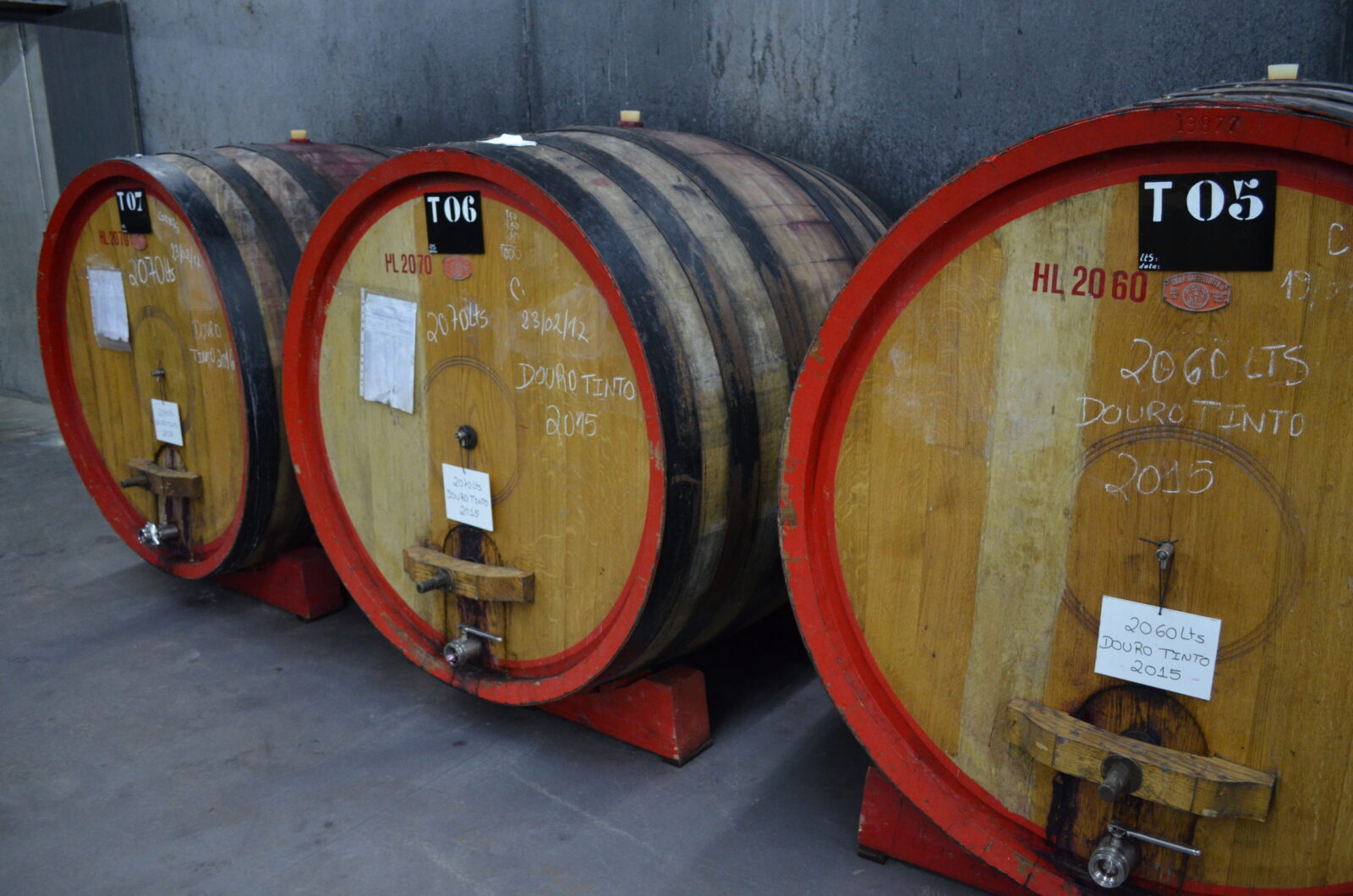


Comments
One Response to “ Artadi ”
Artadi balance the best of both the modern and classic world of winemaking, way to make that apparent here…I visited them a few years ago and its great to see they have been continually making updates to the facilities. It’s going to be interesting to see how leaving the Rioja DOC/consorzio will affect their sales.
Leave a Reply